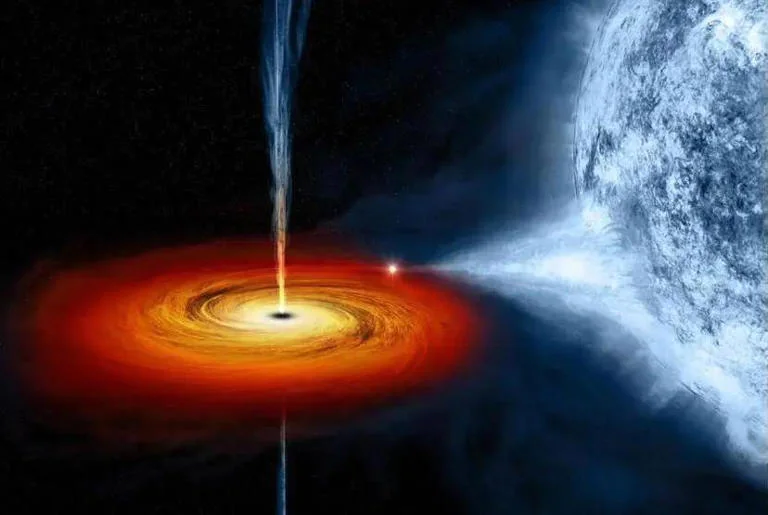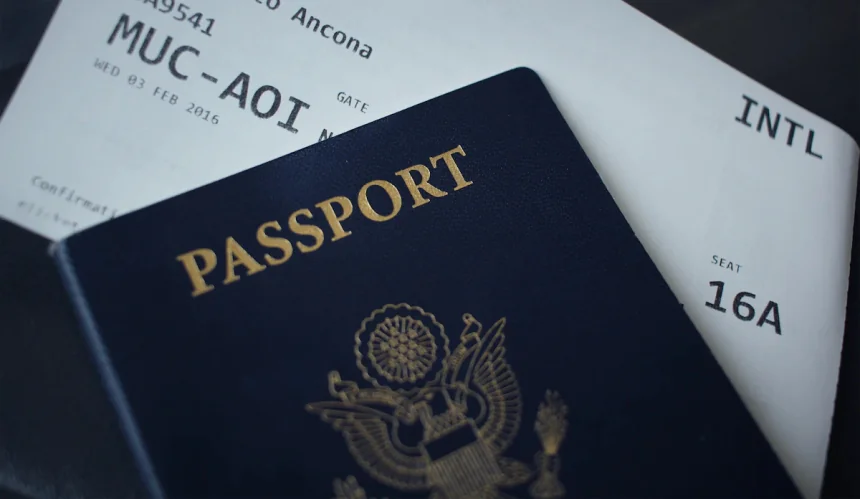Do Parallel Universes Exist? Scientists Suggest Another Version of You Might Be Out There
The idea of parallel universes may sound like pure science fiction, but modern research suggests it could be more than just imagination. Some scientists believe our universe is only one among countless others — a vast multiverse where alternate realities might exist, each with different versions of ourselves living parallel lives.

The idea of parallel universes may sound like pure science fiction, but modern research suggests it could be more than just imagination. Some scientists believe our universe is only one among countless others — a vast multiverse where alternate realities might exist, each with different versions of ourselves living parallel lives.
Recent developments in quantum physics and the many-worlds interpretation have reignited discussions about this mysterious possibility. Could there truly be another “you” making different choices in another world? Let’s explore what science has uncovered about the multiverse theory and the fascinating idea of alternate realities.
The idea of parallel universes has only gained popularity in recent decades. Ancient people never even considered it. Even in the 1950s, when Einstein's theory of relativity and quantum mechanics were quite groundbreaking, no one mentioned parallel universes. It wasn't until around 1980 that scientists began to ponder this idea, realizing that the universe might be more complex than it seemed.
To discuss parallel universes, we must first start with the Big Bang. Scientists discovered that the universe wasn't silent; it has been constantly expanding. American astronomer Hubble, using his telescope, observed that galaxies were moving outwards. What does this mean? If time were reversed, the universe would shrink to a tiny point—that would be the beginning of the universe.

But here's the problem: the universe is expanding too fast! According to Einstein's theory of general relativity, the density of the universe should be a million times higher than it actually is. Furthermore, theoretically, matter in the universe should be unevenly distributed, with more matter near the origin. However, actual observations show that matter is distributed very evenly, like a perfectly flattened pancake.
To solve this problem, MIT physicist Alan Guth proposed the theory of cosmic inflation in 1980. What is inflation? It's the theory that when the universe was first born, its expansion rate was terrifyingly fast, exceeding the speed of light to the power of 30! This speed was so fast that matter could no longer communicate with each other, forming countless "spacetime bubbles." Within each bubble, a new universe could potentially grow.
These new universes look almost identical, share the same physical laws, and have similar structures. Since there are countless universes, scientists speculate that there must be one that is almost exactly the same as ours. In other words, there might be another Earth, inhabited by another you, with similar lifestyles and appearances.
Does this sound a bit far-fetched? But scientists aren't just guessing; they've found some evidence. For example, there's a theory in quantum mechanics called "identical particles are indistinguishable." This means that the properties of particles are finite, and there will always be particles that look exactly alike. If we apply this to people, theoretically, two identical people could instantly "swap identities."
There's even more bizarre evidence. In 1970, a Venezuelan university professor greeted his students in the afternoon, got into his car, and then disappeared! The car didn't move, the door didn't open, and the professor seemed to vanish into thin air. The police searched for a long time but couldn't find a trace of him. This incident made the newspapers, and to this day, no one has been able to explain it.
Besides this strange phenomenon, another example is baffling. Scientists discovered a star, designated HD140283, 200 light-years from Earth. According to the Big Bang theory, the universe is only 13.8 billion years old, yet this star is estimated to be 14.2 billion years old! Older than the universe? How is that possible? Some speculate that this star may originate from another dimension.
Speaking of which, there's another interesting phenomenon related to hallucinations. Scientists have discovered that when people experience hallucinations, brain activity isn't enhanced, but rather suppressed. For example, there's a type of mushroom in Yunnan called "Jianshouqing" (见手青), which, when eaten, causes people to see tiny, jumping figures that feel incredibly real, but they can't actually grasp them. Where do these hallucinations come from? Nobody knows for sure.
Some ancient cultivation methods, such as meditation in Taoism and Buddhism, can induce a state of low brain activity, producing hallucination-like experiences. Some say this may be related to parallel universes. Normally, we are "overwhelmed" by signals from this world; when these signals are suppressed, the shadow of another dimension may emerge.
Do you think the idea of parallel universes is plausible? If there really is another you, how do you think they're doing?
Share
What was your reaction?
 Like
0
Like
0
 Dislike
0
Dislike
0
 Love
0
Love
0
 Funny
0
Funny
0
 Angry
0
Angry
0
 Sad
0
Sad
0
 Wow
0
Wow
0













